
When you see a hybrid locomotive gliding slowly into the station, you might not realize it's quietly doing something remarkably "smart" – it's "eating" the energy that would otherwise be wasted during braking and storing it for later use!

The cutting-edge technology behind this is the braking energy recovery system. Today, we’ll uncover how it works and see how hybrid locomotives turn "waste" into "valuable energy"!
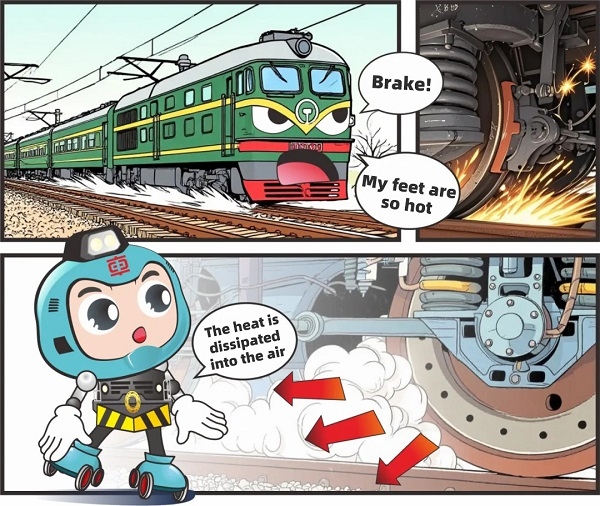
1.Energy Recovery, Circular Utilization!
New energy locomotives, by virtue of advanced energy recovery technology, store the electrical energy generated from electric braking in energy storage devices for circular utilization, thereby significantly improving energy efficiency.
Advantages:
Fuel-saving (capable of reducing fuel consumption);
Environmental friendliness (lowering carbon emissions);
Reduced mechanical wear (decreasing the frequency of brake pad replacement).
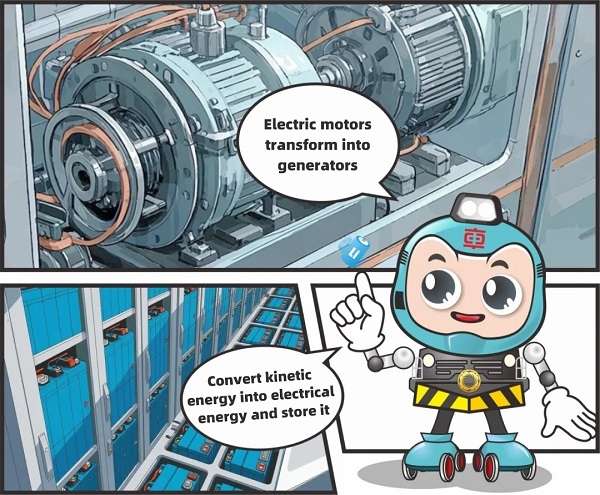
2.How Does Braking Energy Recovery Work?
The whole process can be divided into 5 key steps:
(1) The energy recovery system activates when the driver applies the brakes
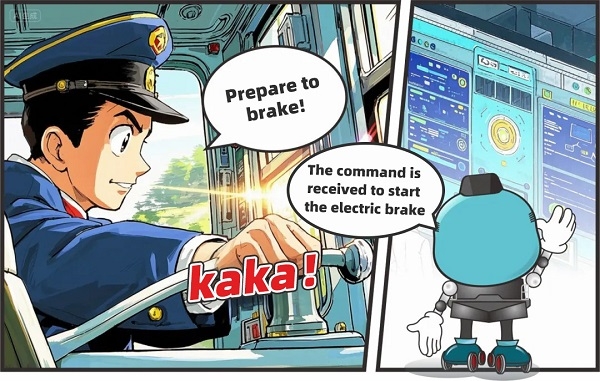
When the driver initiates braking, the control system intelligently determines to activate electric braking (instead of direct friction braking).
(2) The electric motor "transforms" into a generator
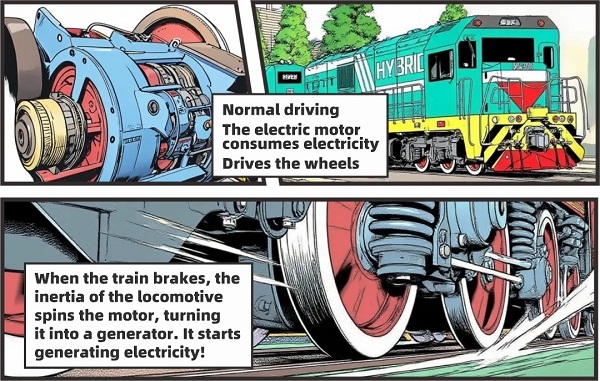
The traction motor of a hybrid locomotive is reversible:
Normal operation: The motor consumes electrical energy to drive the wheels.
During braking: The locomotive’s inertia drives the motor to rotate, turning the motor into a generator that starts generating electricity!
(3) Electrical Energy Conversion and Storage
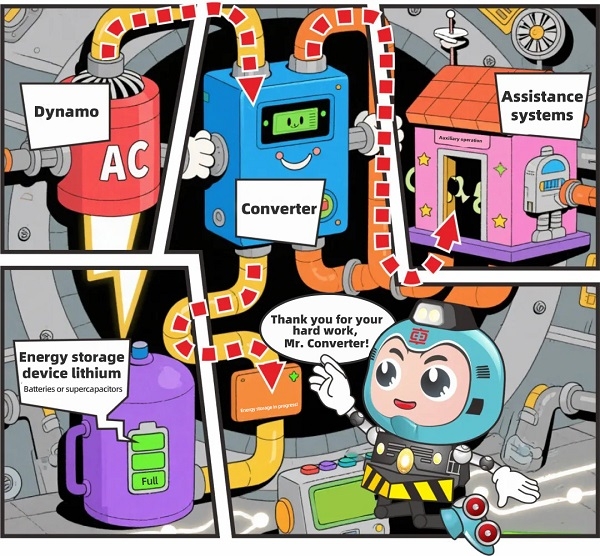
The alternating current (AC) generated by the generator is converted into direct current (DC) via a converter. Most of this DC power is transmitted to the energy storage device, while a small portion is supplied to the locomotive’s auxiliary systems for power. Typically, the energy storage device uses lithium-ion batteries or supercapacitors.
(4) How Is the Recovered Electrical Energy Used?
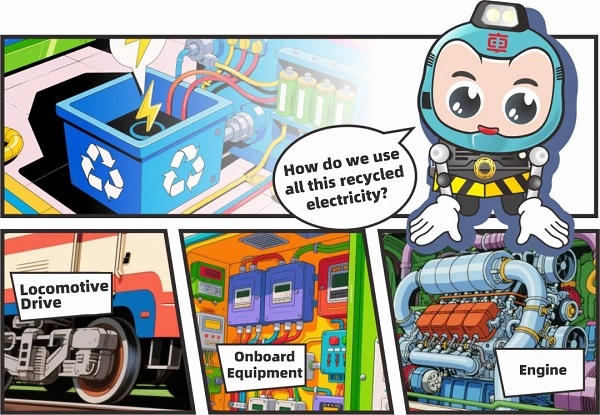
The recovered electrical energy can be used to power the locomotive’s traction system or supply energy to on-board equipment. This reduces the load on the locomotive’s engine and lowers fuel consumption.
(5) What If the Traction Battery Is Fully Charged or Unable to Charge?
The locomotive’s control system has intelligent judgment capabilities and determines how much energy to recover based on the vehicle speed and battery status. If the electric braking capacity is insufficient, the system will automatically switch to friction braking to ensure the locomotive stops safely.
With advancements in battery and supercapacitor technology, the energy recovery efficiency of hybrid locomotives will be even higher in the future, and it may even be possible to achieve "zero-waste braking"!